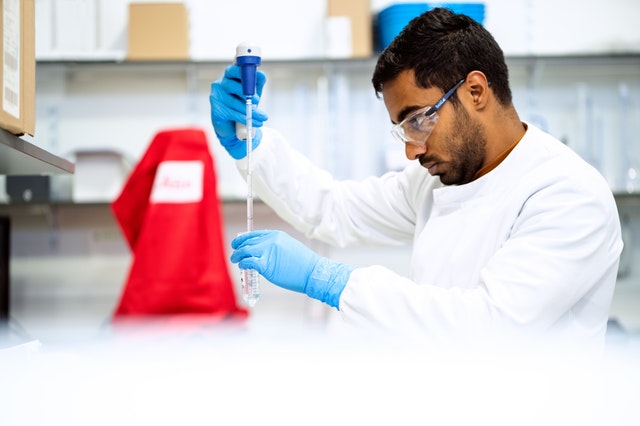
Protein purification is a challenging task for a lot of scientists, and it typically takes time and sweat to get your desired result.
Protein purification is a challenging task for a lot of scientists, and it typically takes time and sweat to get your desired result. A successful protein purification could mean something different for everybody. Maybe it is about getting a single band on an SDS-Page It might be isolating a protein that’s free of contaminants and has retained its activity. Sometimes, it is about isolating as much material as possible since you have tons of experiments in your lab that need to be run with that protein. With any experiment, it is important to standardize the steps to ensure very consistent results and ensure you’ve got all the right lab equipment and supplies. Let us look at the three metrics that are monitored commonly and measured during protein purification.
Purity
An old saying in biochemistry is “never ever waste pure thoughts on impure proteins.” This holds true, in some research and therapeutic applications, even smaller impurities can cause serious problems. Defining your levels of purity of your protein samples should depend upon the impact it has on any downstream tests performed. Researchers will sometimes combine different protein purification methods that apply unique separation principles like the size or charge of proteins being separated. Considering the end product will help you plan the protein purification strategy in the laboratory.
Yield
The amount of protein that you recover is a factor when it comes to measuring the success of your entire protein purification. Researchers will want to make sure that they can retain as much of their target protein as possible. But, each step in a purification protocol typically results in some degree of product loss. If you’re aiming for a high yield, then try to limit the amount of steps during your protein purification. Knowing certain chemical or physical properties, like molecular weight, isoelectric point, optimal pH, of your target protein can help you determine the needed steps. If using the centrifuge for purification, there are new specifically designed concentrators that will help increase your yield, such as Vivaspin Turbo® from Sartorius.
Activity and Stability
Lastly, your protein’s stability in terms of activity and aggregation is an essential criterion for success. If you are planning to perform functional studies within your purified protein product, it is an absolute requirement that it retains its structural and biological integrity after it is purified. With these requirements in mind, it is essential to:
- Transfer the cell extract as quickly as you can.
- Determine the stability window in terms of pH, oxidation-reduction reactions, temperature, ionic strength, and presence of additives before purification.
- Evaluate stability during and after the entire purification process.
FOR ALL LAB EQUIPMENT AND LAB NEEDS, CONTACT LAB PEOPLE TODAY
The Lab People Inc. is a trusted provider of laboratory equipment, services, supplies, and rental equipment for you and your laboratory. As an ISO 17025 accredited service organization, we stand behind our services with 100% satisfaction guaranteed for all of our customers. We are here to provide you with the best lab equipment service, equipment, and supplies.
For more information about how we can assist you, visit our website, email us, or give us a call at 1-800-296-2001!
Do not forget to follow us on Facebook, Twitter, and Linkedin!
